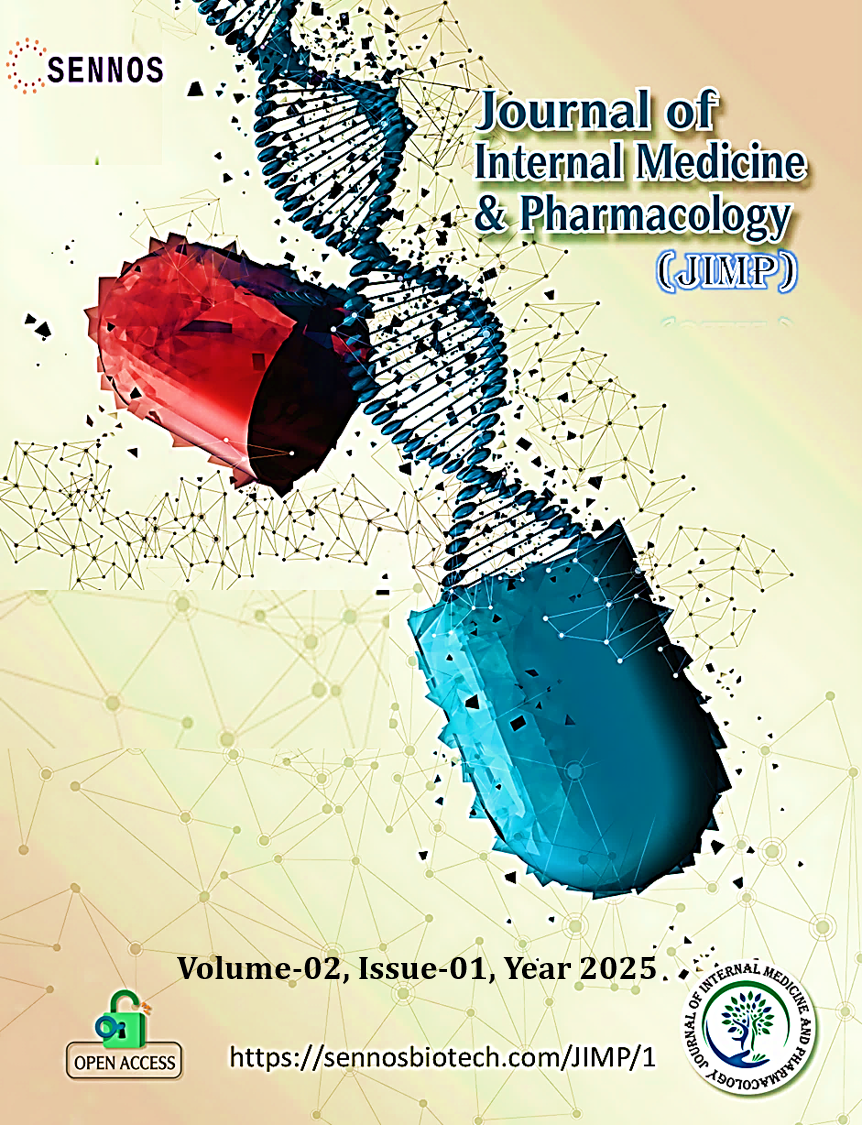Glial Metabolism in Neurodegenerative Disorders: Bridging Pathophysiology and Therapeutics
Keywords:
Glial Cells, Neurodegenerative Disorders, Metabolism, Pathophysiology, TherapeuticsAbstract
Glial cells, including astrocytes, microglia, and oligodendrocytes, are crucial for maintaining homeostasis in the central nervous system (CNS). Recent research highlights the significant role of glial metabolism in the pathophysiology of neurodegenerative diseases such as Alzheimer’s disease (AD), Parkinson’s disease (PD), and multiple sclerosis (MS). These disorders are associated with metabolic dysregulation within glial cells, leading to impaired neuroprotection, increased inflammation, and oxidative stress, which worsen neuronal damage. Astrocytic glycolysis, microglial metabolic reprogramming, and oligodendrocytic energy deficits have emerged as key contributors to disease progression. This review examines the complex relationship between glial metabolism and neurodegeneration, focusing on how metabolic changes in glial cells affect synaptic integrity, neuronal survival, and immune responses. Advances in metabolomics and imaging technologies have provided valuable insights into these metabolic disruptions at both cellular and molecular levels. Furthermore, novel therapeutic strategies targeting glial metabolism are gaining attention, offering potential avenues for neuroprotection and disease modulation. Interventions such as boosting astrocytic lactate production, modulating microglial polarization through metabolic approaches, and restoring mitochondrial function in oligodendrocytes are discussed. By linking glial metabolic dysfunction with neurodegenerative diseases, this review emphasizes the therapeutic potential of targeting glial metabolism to improve patient outcomes and reduce disease burden.
Downloads
Published
Issue
Section
License
Copyright (c) 2025 Alka Zade

This work is licensed under a Creative Commons Attribution 4.0 International License.





